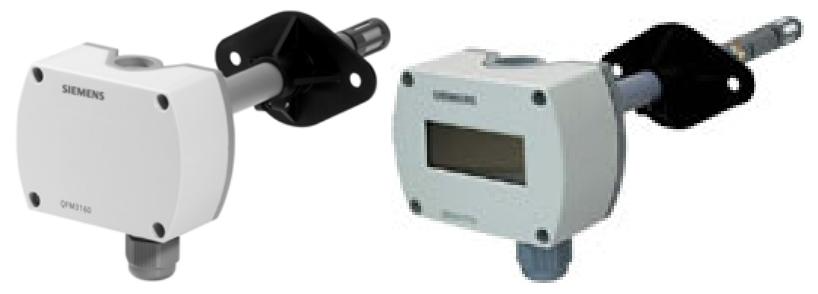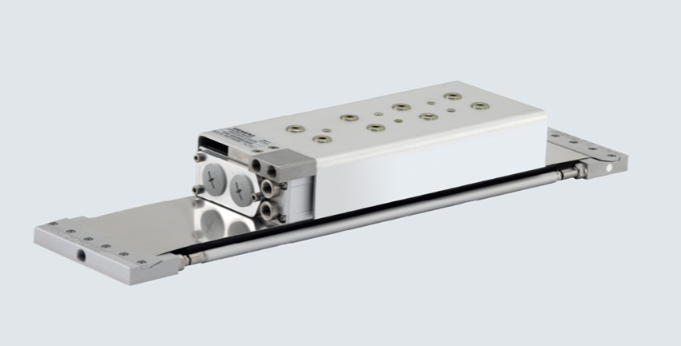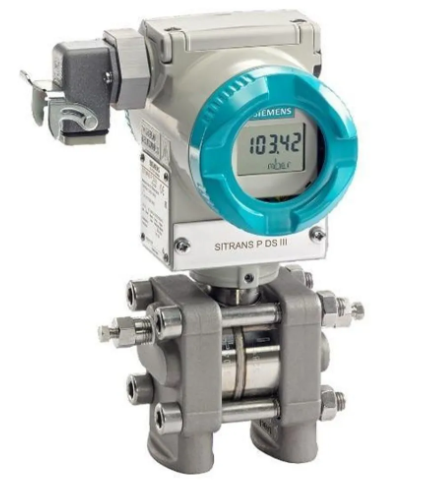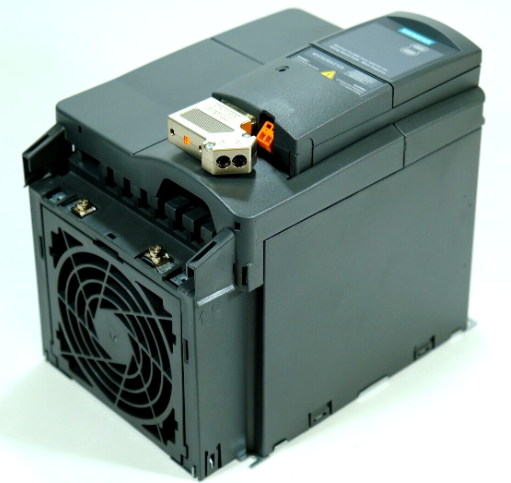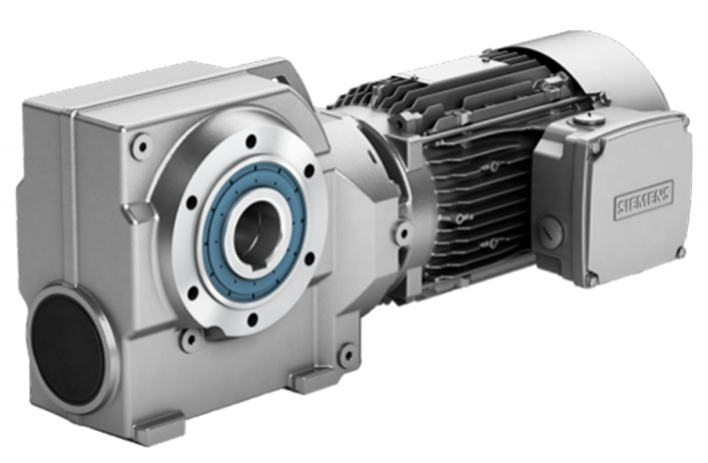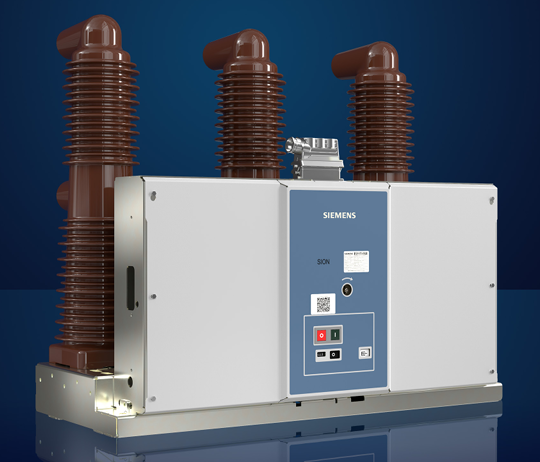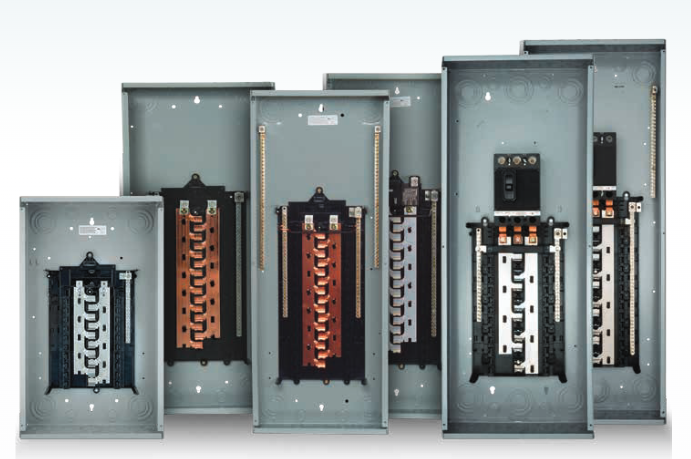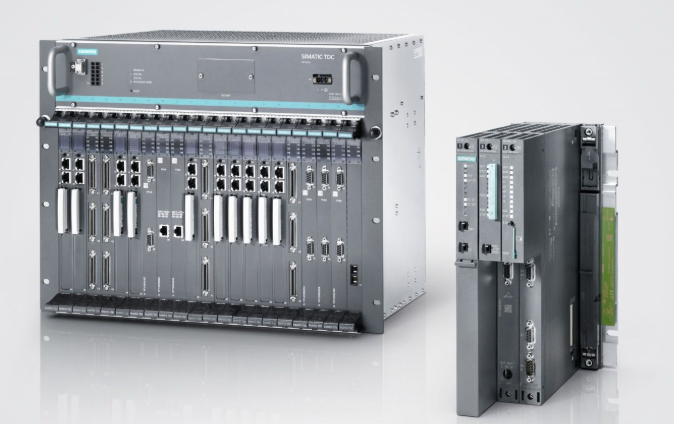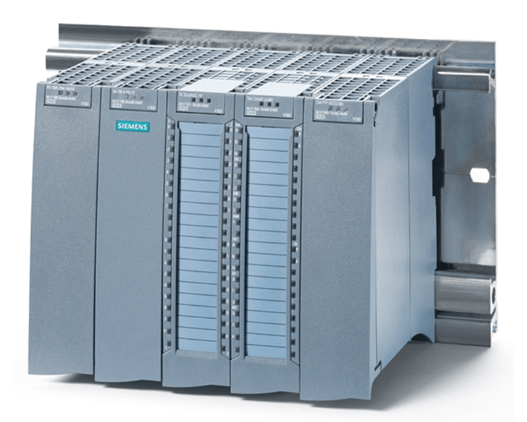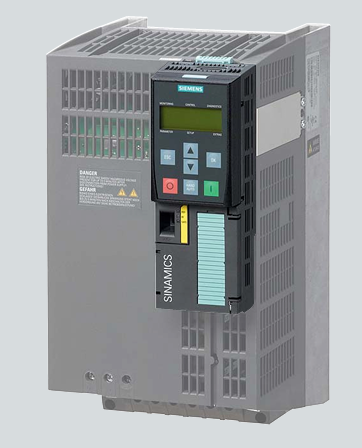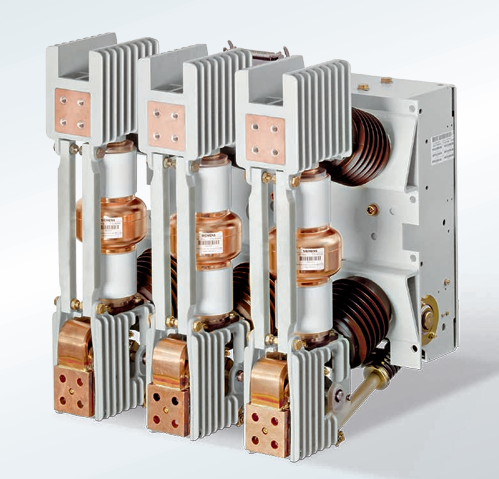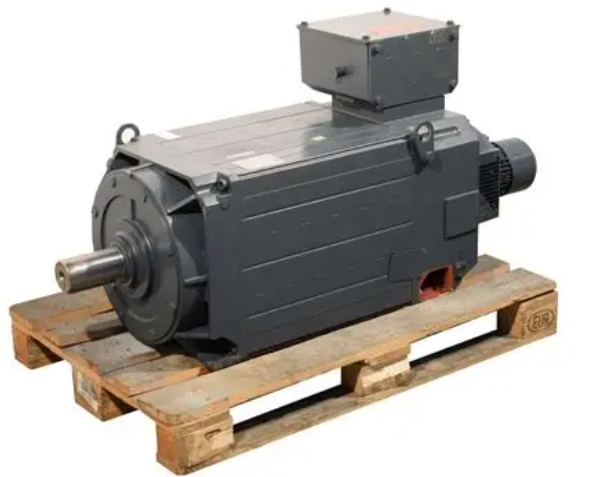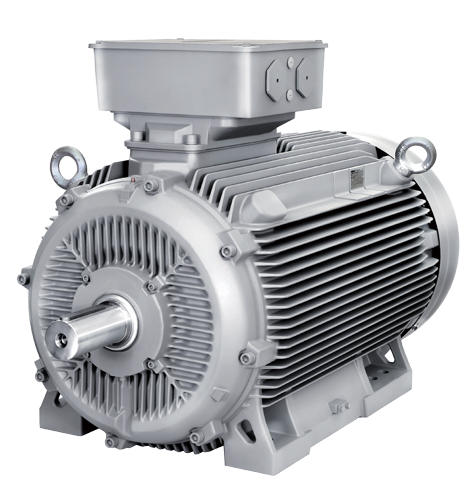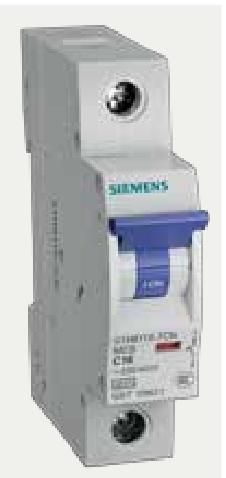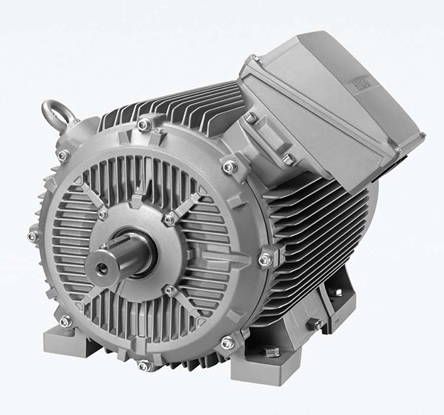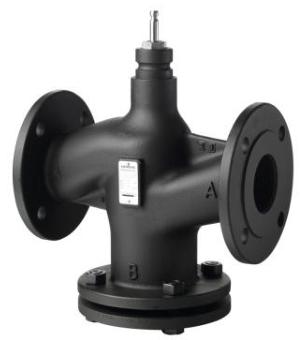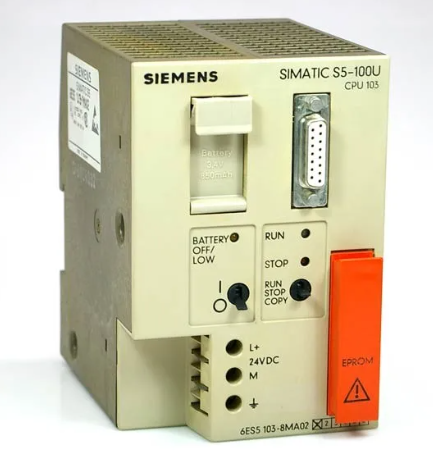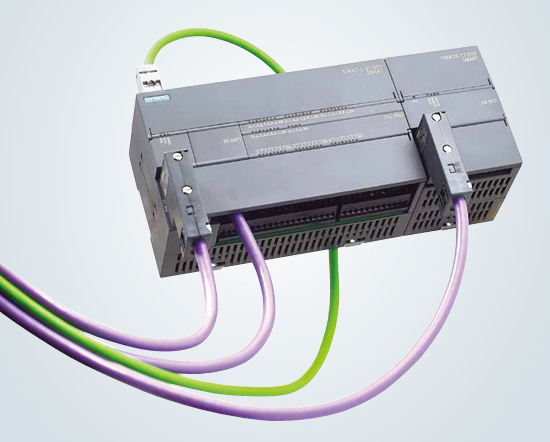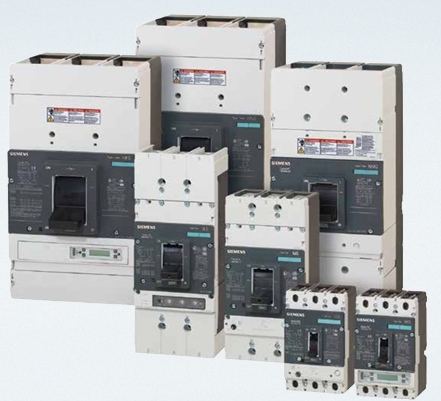Single phase AC 100-240V, 50/60Hz
Wide range single-phase input, suitable for single-phase power grid environments in different regions, strong compatibility
Rated output voltage
0-250V AC continuously adjustable
The output voltage covers the power supply requirements of commonly used single-phase equipment, and the adjustment range meets the needs of multiple scenarios
FUJI RPXD2150-1T Voltage Regulator
Core technical parameters
Input power
Single phase AC 100-240V, 50/60Hz
Wide range single-phase input, suitable for single-phase power grid environments in different regions, strong compatibility
Rated output voltage
0-250V AC continuously adjustable
The output voltage covers the power supply requirements of commonly used single-phase equipment, and the adjustment range meets the needs of multiple scenarios
Rated output current
10A
Can meet the current requirements of low to medium power single-phase equipment and adapt to most precision loads
Voltage regulation accuracy
± 0.5% (full scale)
High precision adjustment capability ensures stable output voltage and reduces the impact of voltage fluctuations on equipment
response time
≤10ms
Quickly respond to changes in the power grid or load, quickly restore voltage to the set value, and demonstrate outstanding stability
Waveform distortion degree
≤ 1% (pure resistive load)
Output waveform close to sine wave, reducing interference to sensitive electronic devices
Protection level
IP30
Suitable for installation inside indoor control cabinets or equipment, effectively preventing solid foreign objects from entering
Working environment temperature
-5 ℃~45 ℃ (operation), -20 ℃~60 ℃ (storage)
Adapt to the temperature of conventional industrial and laboratory environments, and avoid operating at extreme temperatures
Core performance characteristics
1. High precision voltage regulation, stable and reliable output
This regulator adopts Fuji's advanced closed-loop feedback control technology, with a built-in high-precision voltage sampling module and high-performance control chip, which can monitor the output voltage changes in real time and quickly adjust the output according to the deviation, ensuring that the voltage regulation accuracy reaches ± 0.5% of the full range. Even in the case of voltage fluctuations of ± 10% in the power grid or significant changes in load current, the output voltage can still remain stable, effectively solving problems such as measurement errors and abnormal operation of precision equipment caused by voltage instability.
2. Quick response mechanism to adapt to dynamic loads
In response to the frequent switching of loads in industrial scenarios, RPXD2150-1T has designed a fast response control algorithm with a response time of ≤ 10ms. When the load suddenly increases or decreases, the regulator can complete voltage compensation regulation in a very short time, avoiding significant voltage fluctuations. For example, during the operation of precision testing equipment, when the load changes instantaneously, this regulator can ensure the stability of the power supply voltage and provide assurance for the accuracy of the test data.
3. Multiple protection functions to ensure system security
To avoid damage to the regulator and backend equipment caused by abnormal voltage or load faults, the module is equipped with a comprehensive protection mechanism, which mainly includes:
-Overcurrent protection: When the output current exceeds 120% of the rated value, the regulator immediately triggers current limiting protection. If the fault persists, the output is cut off to prevent device burnout;
-Overvoltage/undervoltage protection: When the input voltage exceeds the range of 100-240V or the output voltage rises/falls abnormally, the protection is triggered and an alarm signal is issued;
-Overheating protection: The built-in temperature sensor monitors the temperature of the device in real-time. When the temperature exceeds 60 ℃, the cooling fan will automatically start, and when it exceeds 75 ℃, it will stop for protection;
-Short circuit protection: When a short circuit occurs at the output end, the main circuit is instantly cut off to avoid generating high currents that can damage the equipment;
-Load phase loss protection: For special single-phase loads, it has load anomaly detection function to promptly detect and handle load faults.
4. Easy operation, simple debugging and maintenance
The regulator is equipped with an intuitive operation panel, which includes a voltage adjustment knob, power switch, operation indicator light, and fault alarm indicator light. The staff can quickly set the output voltage through the knob and grasp the real-time operation status of the equipment through the indicator light. At the same time, it supports connecting to the upper computer through RS485 communication interface to achieve remote voltage setting, operation parameter monitoring, and fault diagnosis. In addition, the module adopts a modular design, and the key components are easy to disassemble and replace. Daily maintenance only requires regular cleaning of the heat dissipation channel and inspection of the wiring terminals, reducing maintenance costs and difficulties.
5. Low waveform distortion, compatible with sensitive devices
Adopting sine wave optimization output technology, the waveform distortion under pure resistive load is ≤ 1%, and the output voltage waveform is close to the ideal sine wave, avoiding harmonic interference on sensitive electronic devices such as medical diagnostic instruments and precision sensors. Compared to traditional voltage regulators, its output power quality is higher, and it can directly supply power to equipment with strict requirements for power waveform without the need for additional filtering devices.
Typical application scenarios
Based on its high-precision and high stability performance characteristics, the typical application scenarios of FUJI RPXD2150-1T voltage regulator mainly include:
1. Precision instrument field: such as electronic measuring instruments, optical detection equipment, laboratory analytical instruments, etc., providing stable voltage for equipment to ensure the accuracy of measurement data;
2. Medical equipment field: used for power regulation of small medical diagnostic equipment (such as blood pressure monitors, biochemical analyzers), ensuring stable operation of the equipment and avoiding voltage fluctuations affecting diagnostic results;
3. In the field of industrial automation: providing stable power supply for control units such as PLC, human-machine interface, and small servo drives to enhance the operational reliability of automation systems;
4. Testing and Aging Field: Used in electronic product testing and component aging testing to simulate different voltage environments, accurately control testing voltages, and meet testing requirements;
5. Office and commercial equipment: used for stable power supply adjustment of large printers, copiers, servers and other equipment to avoid equipment failure or data loss caused by power grid fluctuations.
Precautions for use
To ensure the safe, stable, and long-term operation of the voltage regulator, the following precautions should be taken during use:
-When installing, it is necessary to choose a well ventilated, dry, and non corrosive gas environment, avoid direct sunlight or close to high-temperature heat sources, and reserve at least 10cm of heat dissipation space around the regulator;
-Before wiring, it is necessary to confirm that the input power has been disconnected, strictly distinguish the input and output terminals according to the wiring identification, and strictly prohibit reverse connection or short circuit. After wiring is completed, check whether the wiring terminals are tightened;
-Select the appropriate regulator model based on the rated voltage and current of the backend load to avoid the load power exceeding the rated output power of the regulator and prevent overload damage;
-When adjusting the output voltage, the adjustment knob should be slowly rotated to avoid sudden voltage fluctuations that may cause impact on the load, especially for precision equipment, the voltage should be gradually adjusted to the set value;
-If a fault alarm occurs during operation, the power should be immediately disconnected, and the cause of the fault should be investigated by referring to the manual based on the status of the alarm indicator light. Only after the fault is eliminated can it be restarted;
-Regular maintenance should be carried out, and the dust on the surface of the regulator and the heat dissipation holes should be cleaned once a month. The internal wiring and component status should be checked quarterly to ensure that the equipment performance is intact.

- User name Member Level Quantity Specification Purchase Date
- Satisfaction :
-









Email:wang@kongjiangauto.com

